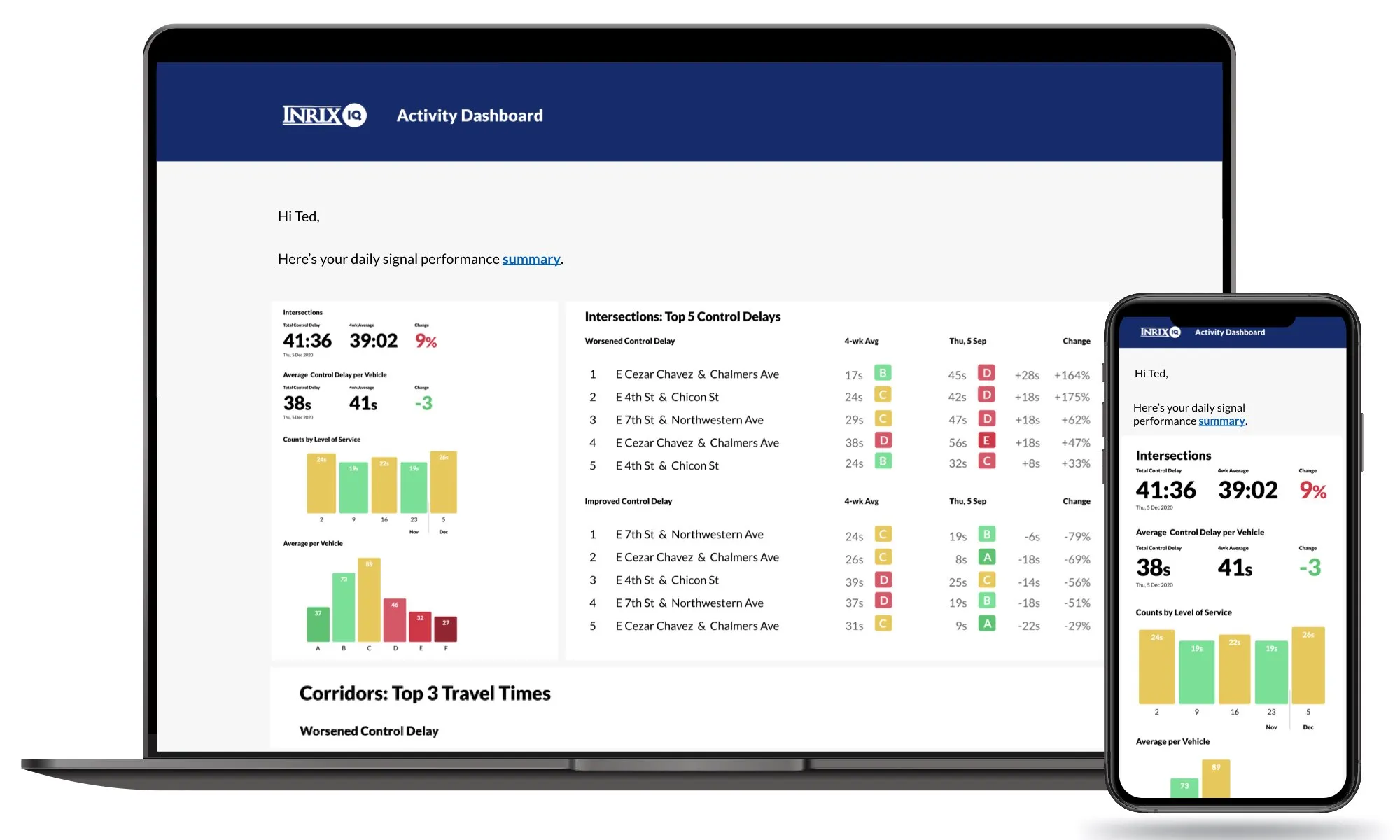Called ITC-3, the solution is designed for a range of traffic management applications and can be connected to a variety of control and monitoring systems.
The ITC-3 can be delivered for pedestrian control and small intersections, as a version with six phases and up to 16 detectors. For most intersections, the 3U rack comes with up to 24 phases and 40 detectors. Versions with 32 phases and up to 128 detectors can be configured for complex applications or to cover more than one intersection.
Mark Hickmott of Swarco Traffic, said: “SDC now has a highly reliable and bespoke system which can deal with every eventuality. The life costs of this system are substantially lower than temporary traffic signals.”
Swarco delivers traffic control to University of Cambridge
Swarco’s traffic control technology has been chosen by construction company SDC to regulate heavy vehicle and plant traffic movements over a two-year building project at the University of Cambridge’s Civil Engineering department. Called ITC-3, the solution is designed for a range of traffic management applications and can be connected to a variety of control and monitoring systems. The ITC-3 can be delivered for pedestrian control and small intersections, as a version with six phases and up to 16
December 6, 2017
Read time: 2 mins









